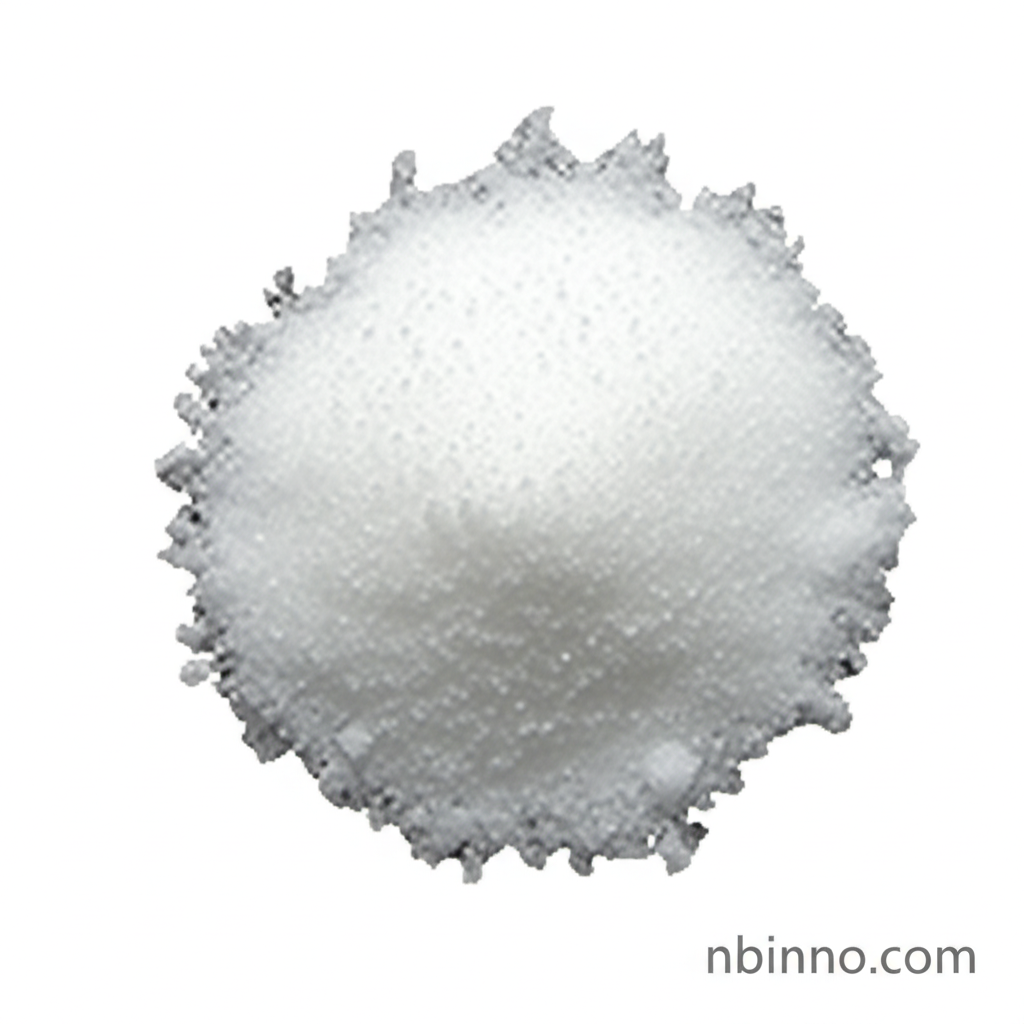Triphenylbismuth (CAS 603-33-8): Properties and Applications
Explore the chemical characteristics and diverse uses of this vital organobismuth compound.
Get a Quote & SampleProduct Core Value

Triphenylbismuth
Triphenylbismuth, identified by CAS number 603-33-8, is a crucial organobismuth compound characterized by its white crystalline appearance. It is noted for its moisture sensitivity and insolubility in water, with a melting point typically ranging from 78-80°C and a density of 1.585 g/cm³. This compound serves as a key precursor in the field of electronic chemicals and advanced material science, offering unique properties for specialized applications.
- Leverage the low melting point of Triphenylbismuth for efficient material processing, enabling streamlined manufacturing in electronics.
- Understand the moisture sensitive nature of Triphenylbismuth to ensure optimal storage and handling, critical for maintaining its purity and effectiveness.
- Explore the diverse applications of organobismuth compounds in material science, unlocking new possibilities for technological advancements.
- Inquire about high purity Triphenylbismuth for your demanding research needs and contribute to cutting-edge scientific discoveries.
Key Advantages
Chemical Versatility
The inherent chemical properties of Triphenylbismuth, including its reactivity and structural characteristics, make it a versatile building block for synthesizing complex molecules and materials, aiding in research for new electronic chemicals.
Material Precursor Potential
As a precursor material, Triphenylbismuth is instrumental in the development of advanced materials, supporting innovations in areas such as thin-film deposition and catalysis, crucial for the semiconductor industry.
Reliable Supply Chain
Ensuring a stable supply of Triphenylbismuth is vital for manufacturers, and understanding its sourcing and transportation logistics is key to consistent production cycles for electronic chemicals.
Key Applications
Electronic Components
Triphenylbismuth serves as a critical precursor in the manufacturing of electronic components, contributing to the development of advanced semiconductor materials and devices.
Material Science Research
Researchers utilize Triphenylbismuth in material science to explore novel compounds and properties, advancing fields like nanotechnology and catalyst development.
Chemical Synthesis
As a fine chemical intermediate, it plays a role in various organic synthesis pathways, enabling the creation of specialized chemicals with unique functionalities.
Laboratory Reagent
In laboratory settings, Triphenylbismuth is a valuable reagent for specific chemical reactions and analytical procedures, supporting scientific exploration and discovery.
